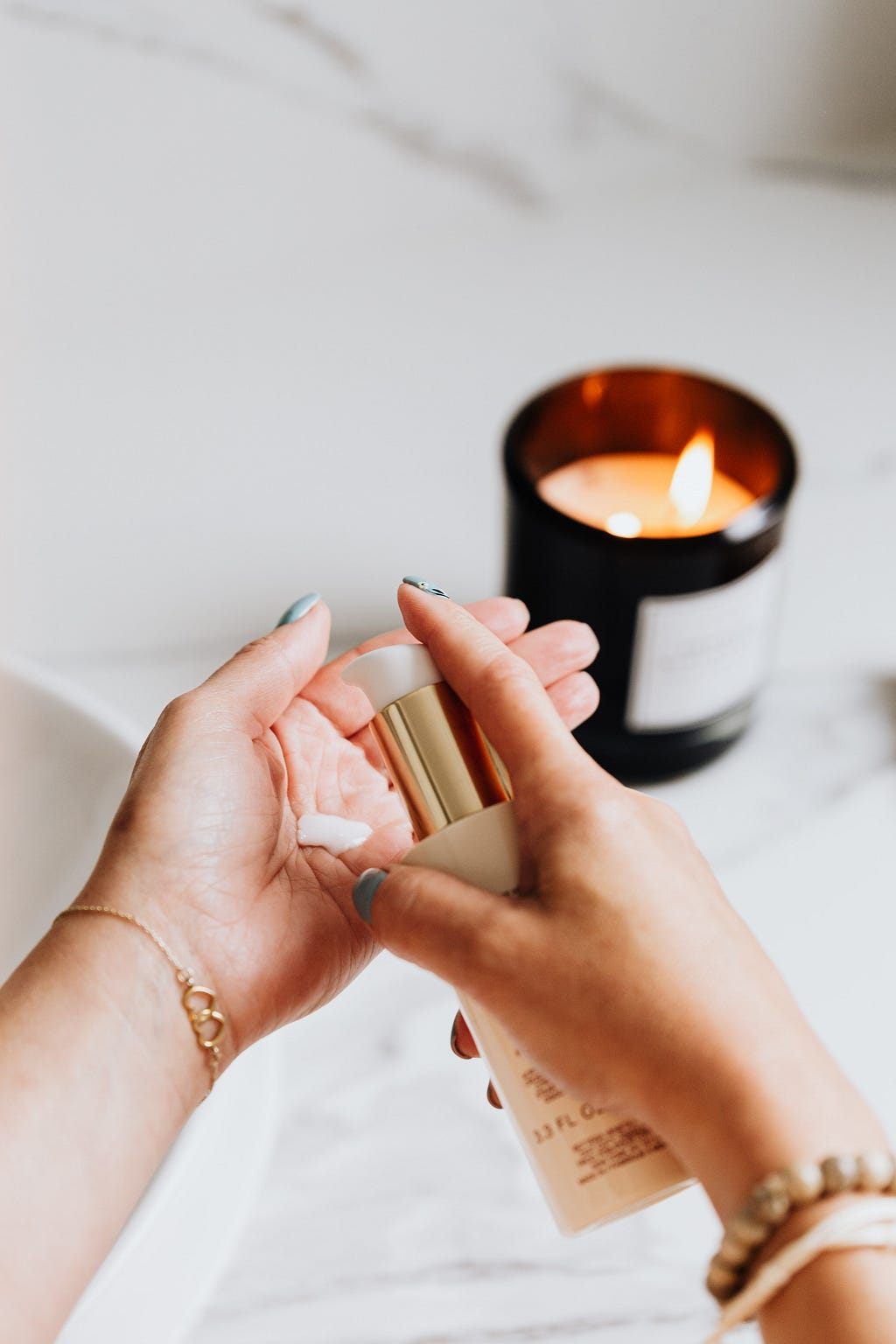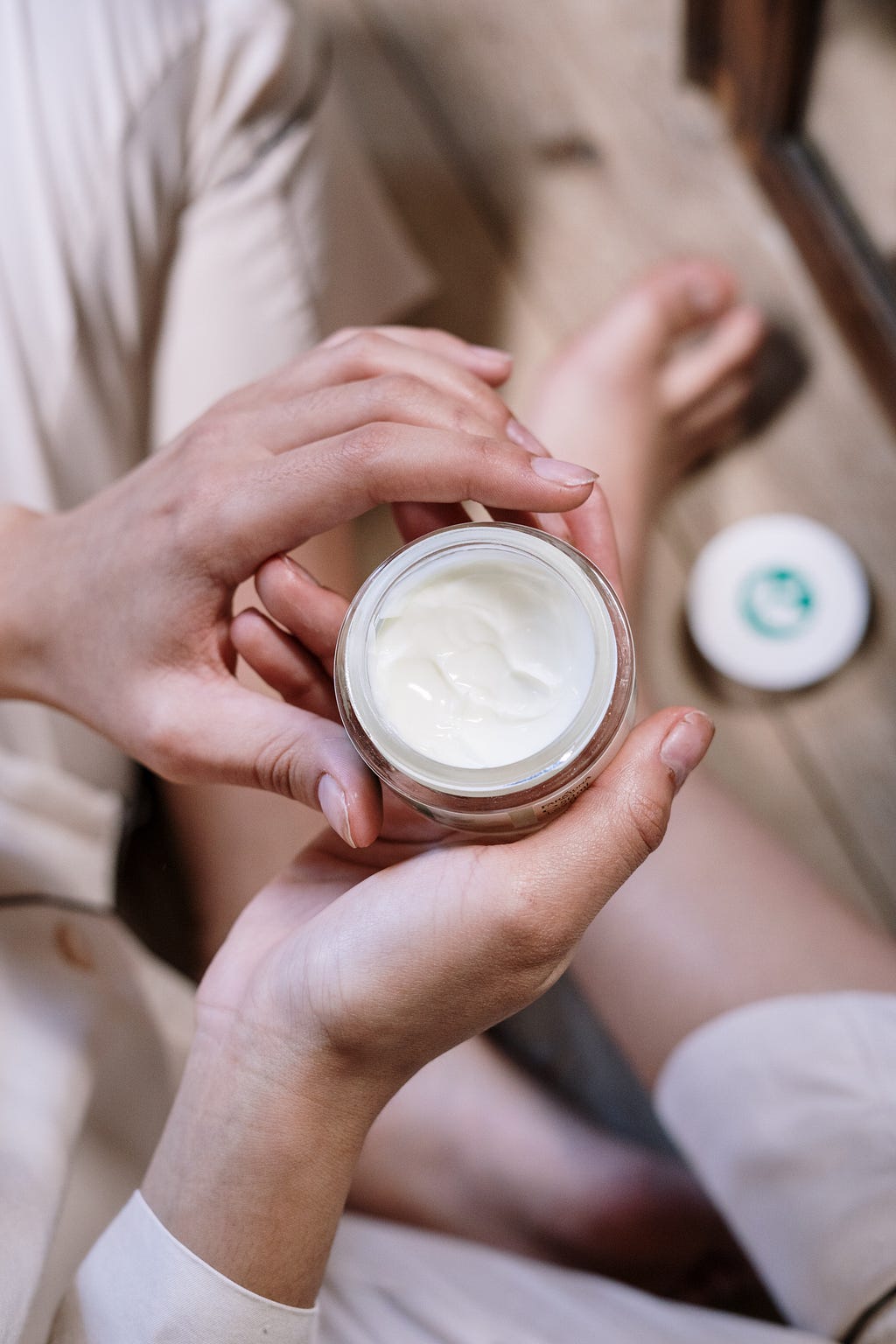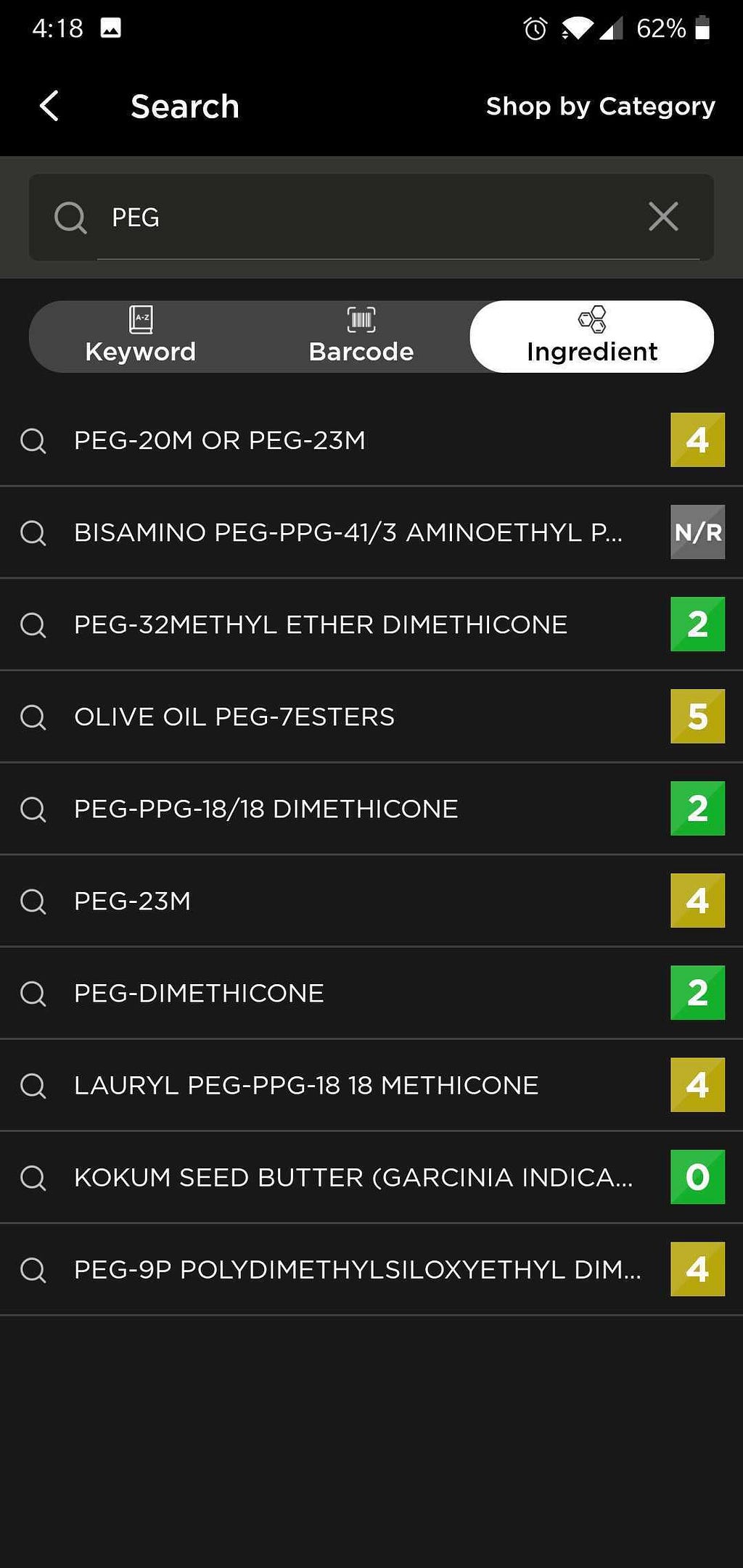When looking at your favorite skincare products’ ingredient list, you may easily spot the abbreviations “PEG” and/or “PPG’’ dotted throughout. Wondering what these abbreviations stand for, and why they are present in our cosmetics? Look no further as we break down the confusion around PEGs (their sibling, PPGs), and their popularity in the cosmetics industry.

Polyethylene Glycol (PEG) and Polypropylene Glycol (PPG) are petroleum-derived compounds, first created in the late 1860s. Nowadays, these ingredients can be found in many fields from drug delivery systems and laxatives in the pharmaceutical industry to emulsifiers and surfactants in the cosmetic industry. Regardless of the numbers found after PEG/PPGs, they are all polymers, AKA large molecules composed of repeating subunits. The numbers are indicative of the molecular length of the polymer.
PEGs can be often found combined with other raw materials (eg. ethers, esters, fatty acids, castor oil, amines, silicones, etc.) to create unique profiles. As such, they can act in a variety of methods: as thickeners, stabilizers, penetration enhancers, emulsifiers, surfactants, skin-conditioning agents, and humectants. However, this also means that changing the polymer mixture may also increase its toxicity or negative effects.
The Big Question
We know the question on your mind is “are PEGs toxic?”. Unfortunately, there is no simple answer here. It depends on a variety of factors which we will outline below.
The molecule itself, (Poly)ethylene Glycol, is considered inert, non-toxic, and generally considered safe for all usages. The FDA classifies PEGs as Generally Recognized as Safe (GRAS) ingredients for both food and cosmetic production.
However, the process of making PEGs creates toxic byproducts. Additionally, its starting materials are highly toxic to humans and are known to have carcinogenic properties. These include Ethylene Oxide, 1,4-dioxane, and other raw materials. The concern around PEGs stems from fears of contamination with heavy metals ions, trace elements of the raw materials, and other toxic substances.
One way that companies prevent this from happening is by sourcing PEGs from reputable manufacturers, who ensures that no trace of the impurities can be found from the get-go. In Canada for example, Ethylene Glycol and 1,4-dioxane are on the Prohibited Cosmetic Hotlist, however, when they are considered impurities or potential contaminants, the hotlist does not apply.
But how, as consumers, may we actually know the truth? Simply put, there is no way to know how a company is sourcing their raw materials so you may consider avoiding products with PEGs entirely.
There are also environmental concerns regarding petroleum-derived PEGs; specifically their low biodegradability and potential ability to build up in bodies of water. Since most of our cosmetic products eventually end up down the drain, there are concerns that PEGs may be accumulating in rivers, lakes, and oceans as the filtration process cannot catch these polymers.
Furthermore, more recent research has shown that a small percentage of people could now be allergic to PEGs. This can be indicative that a sensitivity to PEGs may be slowly developing through continuous usage and presence of PEGs in cosmetics/pharmaceuticals.
How to Avoid PEGs

Did you know that variations of PEG/PPGs can often be found in many cosmetic products without needing the abbreviation to be listed? Here are some variations that can be found in our system:
- PEG-40 Stearate
- Dihydroxypropyl PEG-5 Linoleammonium Chloride
- Ceteareth-30
- Lauryl PEG-8 Dimethicone
- PEG-40 Hydrogenated Castor Oil
- PPG-12 PEG-50 Lanolin
- Laureth-4
- PEG/PPG-17/18 Dimethicone
Not only do they have a variety of names (due to the hundreds of possible combinations), but they also vary in ratings in our systems.

Here are a couple of examples:
PEG-40 Hydrogenated Castor Oil (Think Dirty rating: 3) is used as a fragrance, emulsifier, skin conditioning, and film-forming agent
- Concerns: while safe at low concentrations, there is considerable risk when using at higher concentrations and of potential contamination concerns from the PEG
PEG-6 Caprylic/Capric Glycerides (Think Dirty rating: 0) is used as an emulsifier and emollient/conditioning agent
- Concerns: none
Ceteareth-3 (Think Dirty rating: 4) is used as an emulsifier and a surfactant
- Concerns: not enough research; possible contamination
Ceteareth-30 (Think Dirty rating: 5) is used as a surfactant-cleansing agent
- Concerns: Mild irritant (skin & eyes), low system toxicity
Dihydroxypropyl PEG-5 Linoleammonium Chloride (Think Dirty rating: 3) is used as an anti-static and hair conditioning agent
- Concerns: while mainly used in hair care products, there are no safety tests or studies that have been performed for this ingredient

In conclusion, is it worth avoiding PEGs? The answer depends on you, personally. To summarize things, here are some of the pros and cons we covered in the article:
- Pros: Mostly non-toxic, and can be found in a lot of products
- Cons: Potentially contaminated with carcinogenic raw materials, can be put in combination with other materials that may have toxic effects, low biodegradability, and lack of research for individual combinations
One simple method we can recommend to avoid PEGs is to look for organic certified products. As PEGs are synthetically made, any product that claims to be “organic” should not contain said ingredient.
Disclosure: We are a professional review and product rating website and mobile app that receives compensation from the companies whose products we review and rate. We are independently owned and the opinions expressed here are our own interpretation of a trusted source.
Ingredient Breakdown: All Things PEGs was originally published in Think Dirty on Medium, where people are continuing the conversation by highlighting and responding to this story.